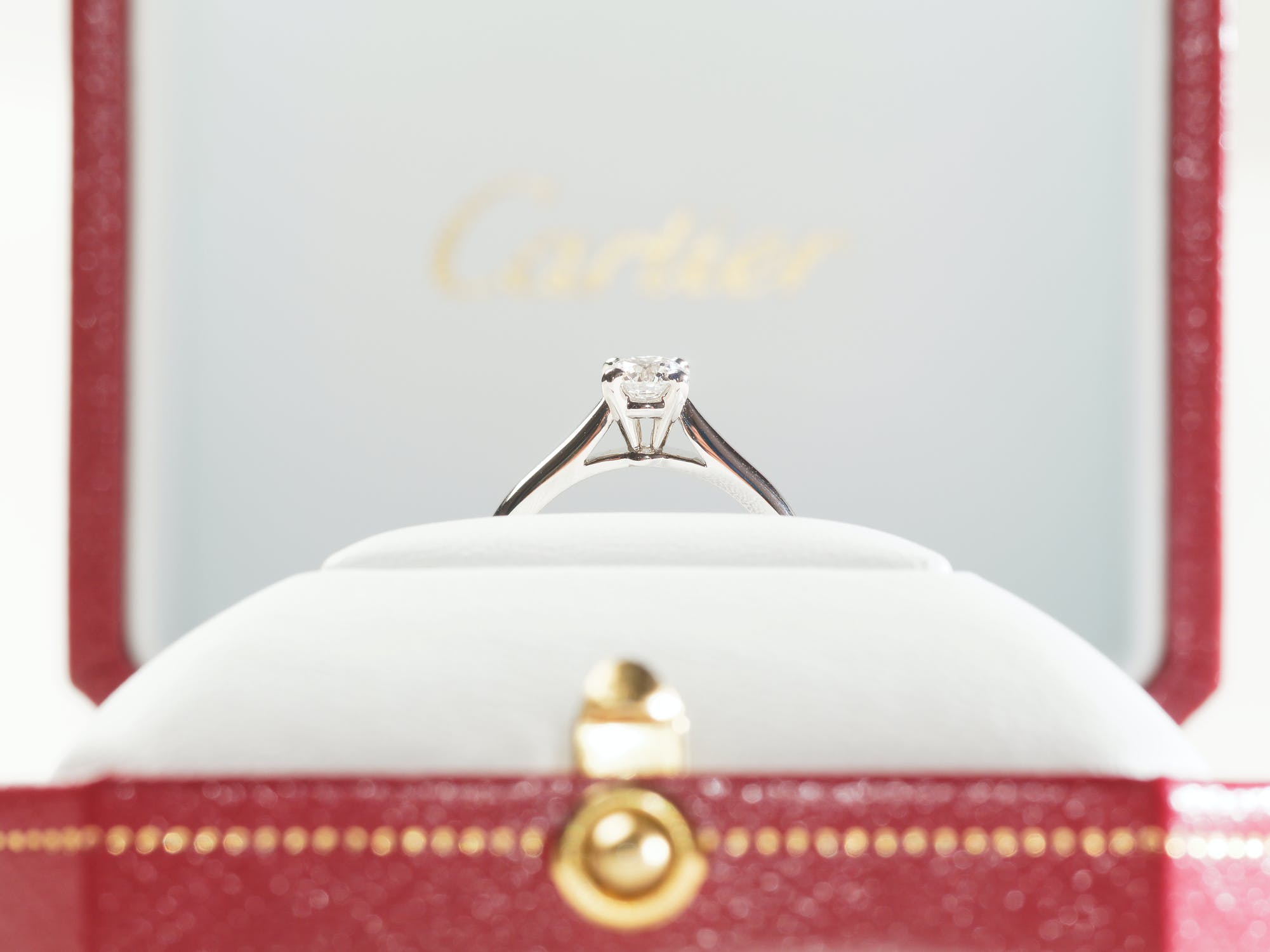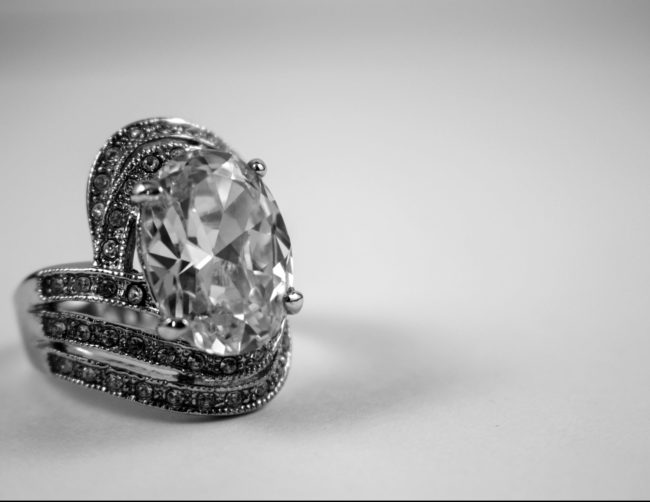Diamonds are known for their strength and beauty that lasts forever. Whether you’re purchasing diamonds to signify your undying love to your significant other, to give someone a gift they’ll treasure forever or to treat yourself to something beautiful and elegant, you want to carefully select the perfect diamond. The most important factors in choosing a diamond are cut, shape, color, clarity, inclusions and carat weight.
Cut
Contrary to popular belief, the cut of a diamond does not refer to the shape, or outline, of the stone. Instead, it refers to the depth of the diamond and how it will reflect light. A guide to diamonds can help you determine the appropriate cut for you.
The main element of a diamond’s cut is its depth. A shallow cut diamond will reflect light out of the side of the diamond. A deep cut diamond will reflect light out the bottom of the stone. An ideal cut diamond, however, will reflect light out of the top of the diamond, giving it a beautiful glow. An ideal cut diamond has better brilliance, scintillation and fire. Brilliance refers to how the stone reflects white light, giving it its shine. Scintillation refers to the contrast within the diamond, giving it its sparkle. Fire refers to how the diamond alters light to create a rainbow effect.
Shape
Popular diamond shapes include round, cushion, pear, oval, heart, princess, marquise and more. Each cut reflects light differently and has a huge impact on the overall appearance of a piece of jewelry. The desired shape of a diamond is a matter of preference based on the wearer’s taste, but round diamonds tend to be the most popular.
Color
Due to the presence of nitrogen during formation, diamonds have varying degrees of yellow coloration. This ranges from no color at all to bright yellow diamonds. Unless a buyer is looking for a canary yellow stone, colorless diamonds are considered more desirable. The colors of diamonds are rated on a scale of D-Z. The amount of yellow increases in alphabetical order.
D diamonds are considered absolutely colorless, and they are very rare. They are the most expensive color of diamonds due to their rarity and beauty. However, all diamonds D-F are considered colorless and will not have any yellow coloration that is visible to the naked eye. G-H diamonds are considered nearly colorless, with varying amounts of yellow coloration. This range is very popular because they are more affordable with little coloration. K diamonds are considered faint, and diamonds L-Z are considered faint to lightly colored.
Clarity
As diamonds form, small imperfections called inclusions can occur that affect the way light passes through the diamond. When light enters a diamond, the goal is for the angled cuts of the stone to reflect the light back at the viewer, giving them their signature sparkle. However, when there are imperfections, the light is broken up before it is reflected, which can dull the sparkling effect. They can be invisible to the naked eye or quite noticeable. Inclusions can appear as cloudy areas, faint lines, cracks or spots. These imperfections are then graded on a scale of flawless to included, with flawless being the rarest and more valuable.
Flawless (FL) diamonds have visible imperfections internally or externally. Internally flawless (IF) diamonds can have imperfections on the outside that are usually invisible to the naked eye. Very, very slightly included (VVS1, VVS2) diamonds have tiny flaws that can typically only be spotted by experts. Very slightly included (VS1, VS2) diamonds have flaws that can be visible with magnification. Slightly included (SI1, SI2) diamonds have flaws that may be visible to the naked eye. Included diamonds (I1, I2, I3) diamonds have flaws that are visible and affect the appearance of the stone.
Diamond cutters try to reduce the appearance of inclusions as much as possible by carefully positioning them in less noticeable areas, such as the sides of the diamond or in the darker contrast areas between panels. Some shapes, such as round, can hide the inclusions better than others. The location and noticeability of the inclusion impact the grading and price.
Carat Weight
Carat weight refers to the weight of the diamond. While weight does impact size, the actual diameter of two stones can be different even if the carat weight is the same. This is because some diamonds may be cut shallower and therefore are wider on top, or they can be cut deeper and skinnier on top. When selecting a diamond, you want to look at the weight and the dimensions.
Diamonds with a higher carat weight are more rare and expensive for several reasons besides the obvious reason of paying more money for more diamond. Larger diamonds are more difficult to obtain because they have to be cut from large pieces of rough diamond. These are not as easy to find as smaller pieces. It is also easier to see discoloration and inclusions on larger stones. For that reason, diamond cutters look for nearly perfect diamonds to cut larger stones from and have to position their cuts very carefully to get a high-quality diamond. It can be more efficient and cost-effective for them to cut several smaller diamonds from the rough diamond instead.
There are many factors that go into selecting the perfect diamond. Many of them depend on a person’s taste and what elements matter the most to them. For example, a person might prefer a stone with more inclusions over a stone with more yellow coloring because it can be less noticeable. The only thing that really matters is that your diamond fits your taste, preferences and budget.


